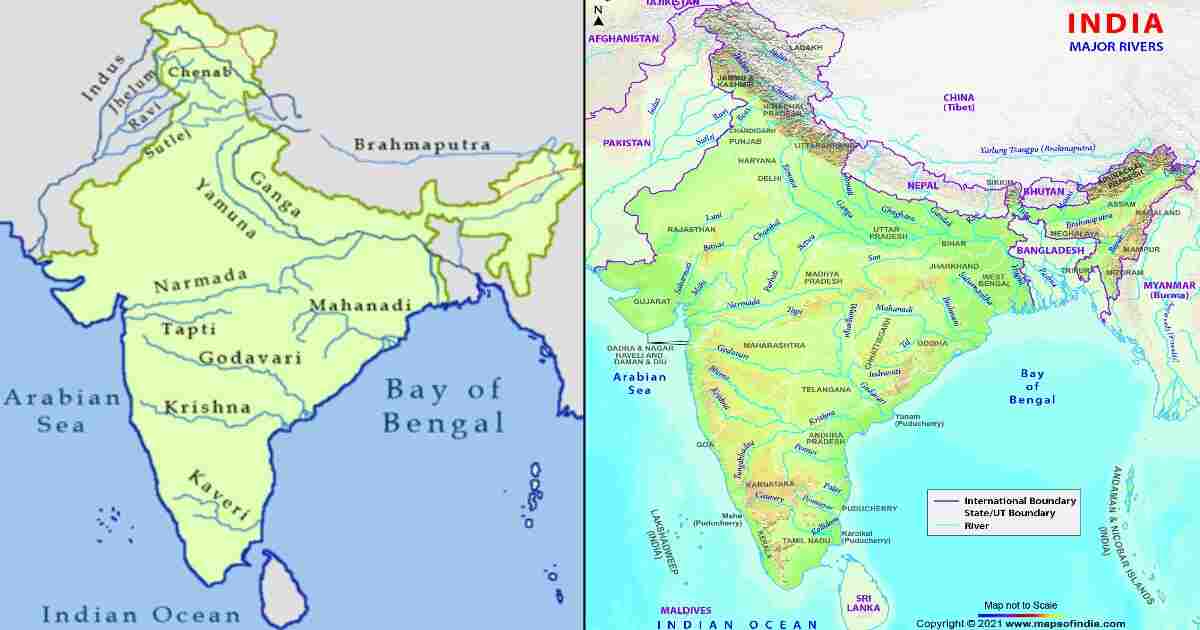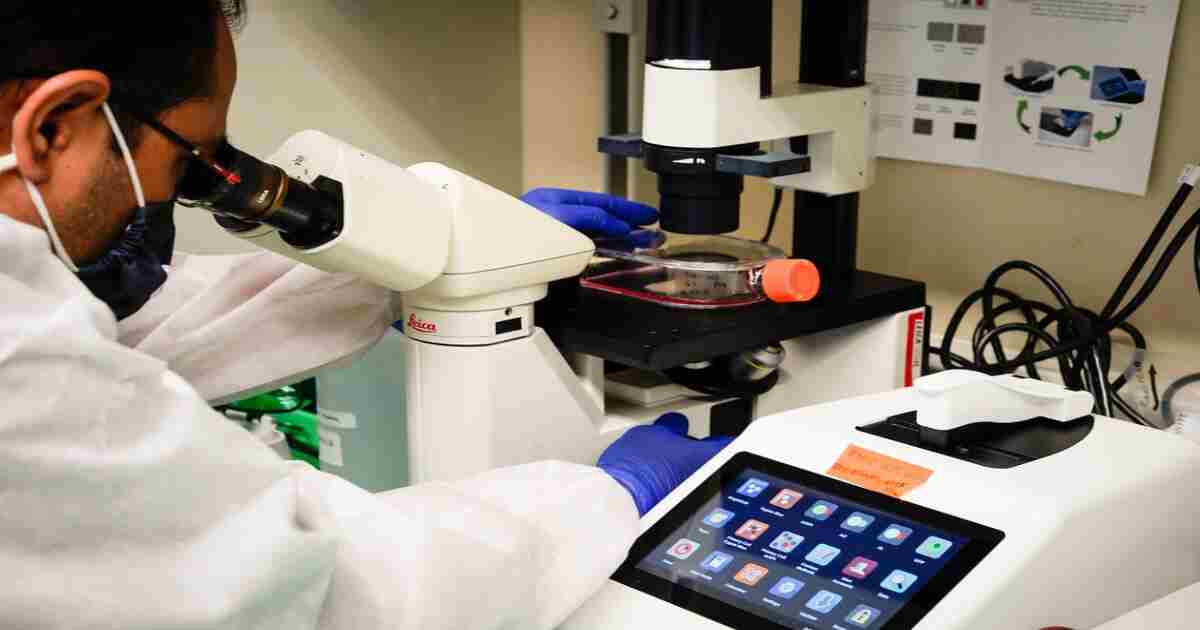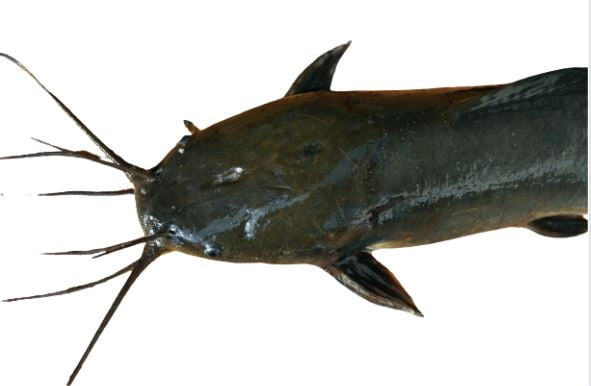Clarias batrachus: Freshwater ecosystems are home to a diverse range of aquatic species, each playing a vital role in maintaining the delicate balance of these environments. One such species that demands our attention and conservation efforts is the Clarias batrachus, commonly known as the freshwater catfish or in local called Mangur. In this article we dive of Clarias batrachus, its significance, the threats it faces, and the ongoing conservation initiatives to protect this remarkable species.
Clarias batrachus, is the freshwater fish native to Southeast Asia. What sets it apart from other catfish is its ability to survive out of water for extended periods, allowing it to “walk” between bodies of water. This adaptation is due to specialized air breathing organ which that enable it to extract oxygen from the air.
Key Characteristics of Clarias batrachus:
- Physical Appearance: This catfish are generally brown or gray in color, with a slender body and long, whisker-like barbels around their mouth.
- Habitat: They prefer slow-moving or stagnant waters which are high silty like ponds, ditches, and rice fields.
- Feeding Habits: It is the omnivorous, feeding on a diet of aquatic plants, insects, small fish, and crustaceans.
The Importance of Conservation
The conservation of freshwater catfish Clarias batrachus is important for a number of reasons. First, it is a valuable food fish for many people around the world. Second, it plays an important ecological role in its native aquatic ecosystems. Third, it is a culturally significant fish in many region. However, it is facing a number of threats, including overfishing, habitat loss, and the introduction of invasive species. As a result, its populations are declining in its native range. Conservation of Clarias batrachus is not merely an ecological concern; it holds immense significance for various reasons:
Biodiversity: Clarias batrachus contributes to the rich biodiversity of freshwater ecosystems, playing a role in nutrient cycling and controlling pest populations.
Economic Value: In regions where they are found, these catfish have economic importance as a food source and in aquaculture.
Scientific Interest: Studying Clarias batrachus can provide insights into adaptations and survival strategies in extreme environments.
Threats to Clarias batrachus
Sadly, Clarias batrachus faces numerous threats that put its existence at risk. These threats include:
- Habitat Destruction: Urbanization and agriculture have led to the destruction of their natural habitats, reducing the available breeding and feeding grounds.
- Pollution: Water pollution from industrial and agricultural runoff poses a significant threat to their survival.
- Overfishing: Overexploitation for the aquarium trade and as a food source has resulted in declining populations.
The freshwater catfish (Clarias batrachus) faces several threats in its native range. Some of the threats include:
- Declining population: The population of walking catfish has been declining due to high fishing pressure and habitat loss from rapid urbanization and agriculture.
- Competition with invasive species: The introduction of the larger African catfish (Clarias gariepinus) has out-competed the walking catfish and reduced its population.
- Invasion of aquaculture farms: Walking catfish have been known to invade aquaculture farms and consume large amounts of fish stock.
These are some of the threats that pose challenges to the conservation of Clarias batrachus. Efforts are being made to conserve this species through induced spawning and artificial breeding in its native range4
Conservation Efforts
Efforts to conserve Clarias batrachus are underway, aiming to address the challenges it faces:
- Reduce overfishing. This can be done by establishing catch limits, closing spawning grounds during certain times of the year, and educating fishermen about the importance of sustainable fishing practices.
- Protect habitats. This includes protecting wetlands, rivers, and other aquatic ecosystems where Clarias batrachus lives. It is also important to reduce pollution and other stressors on these ecosystems.
- Control invasive species. The introduction of invasive species, such as the African catfish (Clarias gariepinus), can have a devastating impact on native fish populations. It is important to monitor for and control invasive species in areas where Clarias batrachus is found.
- Promote sustainable aquaculture. Aquaculture can help to reduce the pressure on wild Clarias batrachus populations. However, it is important to ensure that aquaculture practices are sustainable and do not have a negative impact on the environment.
- Awareness Campaigns: Education and awareness campaigns are essential to engage local communities in protecting these unique catfish.
In addition to these general measures, there are a number of specific projects underway to conserve Clarias batrachus. For example, researchers in India are developing techniques for artificial breeding and larval rearing of the fish. This could help to stock depleted populations and provide fish for aquaculture.
It is important to note that Clarias batrachus is considered an invasive species in some parts of the world, such as the United States and Australia. In these areas, efforts are focused on controlling the spread of the fish and preventing it from establishing new populations.
Overall, the conservation of Clarias batrachus is a complex issue that requires a multi-pronged approach. By reducing overfishing, protecting habitats, controlling invasive species, and promoting sustainable aquaculture, we can help to ensure the survival of this important fish species.
Some additional things that can be done to conserve Clarias batrachus:
- Educate the public about the importance of conserving this fish. This can be done through public awareness campaigns, school programs, and other initiatives.
- Support research on Clarias batrachus. This research can help us to better understand the threats facing the fish and develop effective conservation strategies.
- Get involved in conservation efforts. There are a number of organizations working to conserve Clarias batrachus. You can get involved by volunteering your time or donating money.










